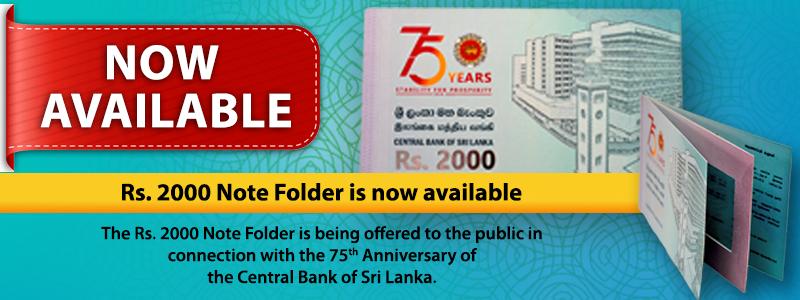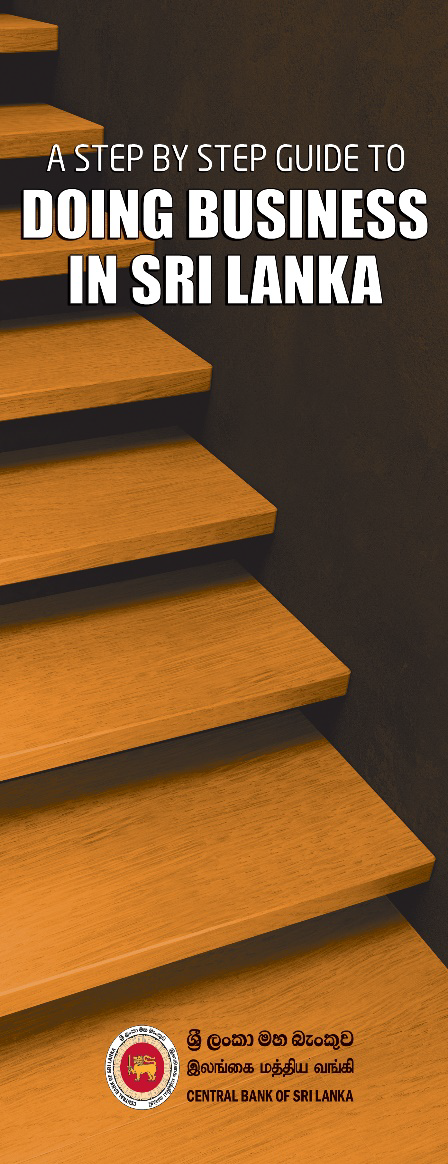“Sri Lanka Socio Economic Data – 2021”, the annually published data folder of the Central Bank of Sri Lanka, is now available for public information. The current data folder is the 44th volume of the series.
This booklet contains information categorised under 14 topics, namely, Country Profile; Key Economic Indicators; Country Comparisons; Socio Economic Conditions; Human Resources; National Accounts; Agriculture; Industry; Economic and Social Infrastructure; Prices and Wages; External Trade and Tourism; External Finance; Government Finance; and, Money, Banking and Finance. As the data folder presents a wide range of socio economic data of current interest in summary form, it will be a very useful reference material for policy makers, researchers, academics, professionals, students and the general public.

















 The ninth edition of the series ‘A Step by Step Guide to Doing Business in Sri Lanka’ published by the Central Bank of Sri Lanka (CBSL) is now available, in English medium, for the public. This is a source document, which contains information relevant for the business community and foreign investors, and facilitates saving their time and cost in accessing such information. The booklet encompasses, in a single source, all prevailing regulations applicable for starting, operating, and closing a business enterprise in Sri Lanka and the other information useful for potential entrepreneurs.
The ninth edition of the series ‘A Step by Step Guide to Doing Business in Sri Lanka’ published by the Central Bank of Sri Lanka (CBSL) is now available, in English medium, for the public. This is a source document, which contains information relevant for the business community and foreign investors, and facilitates saving their time and cost in accessing such information. The booklet encompasses, in a single source, all prevailing regulations applicable for starting, operating, and closing a business enterprise in Sri Lanka and the other information useful for potential entrepreneurs.